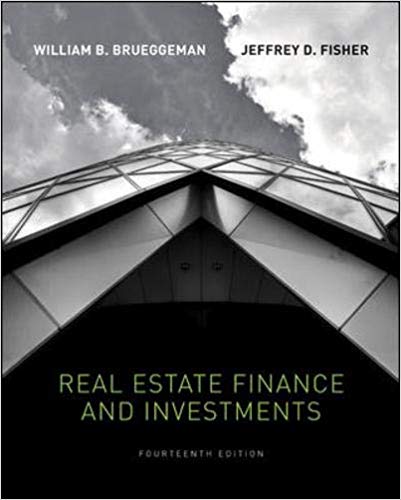Review Concept Box 16.2. The investor-developer would not be comfortable with a 7.8 percent return on cost
Question:
Review Concept Box 16.2. The investor-developer would not be comfortable with a 7.8 percent return on cost because the “margin for error” is too risky. If construction costs are higher or rents are lower than anticipated, the project may not be feasible.
a. Based on the fact that the project appears to have 9,360 square feet of surface area in excess of zoning requirements, the developer could make an argument to the planning department for an additional 10 units, 250 units in total, or 25 units per acre. How would this affect financial feasibility? What could be included in such an argument? Why would a public regulatory institution be interested in increasing density to 25 units per acre? Why not?
b. Instead of (a), suppose the developer could build a 240-unit luxury apartment complex with a cost of $83,000 per unit. What would such a project have to rent for (per square foot) to make an 8 percent return on total cost? What risk factors would the developer have to consider?
Step by Step Answer:

Real Estate Finance and Investments
ISBN: 978-0073377339
14th edition
Authors: William Brueggeman, Jeffrey Fisher





